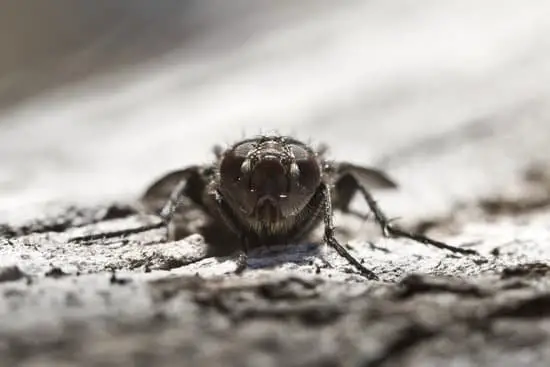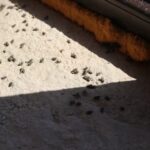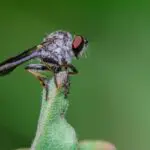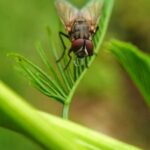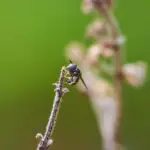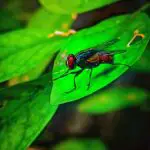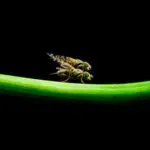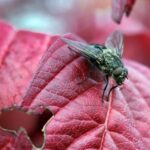Which States Have Black Flies?
Black flies can be a major nuisance in certain areas of the country. While there are more than 40 species of these tiny insects, only four or five species are actually considered significant human biters. However, swarms of these flies can occur in any area. Typically, they feed on animals and birds, but they may also land on humans. The most common breeding grounds for black flies are bodies of water, such as lakes and ponds.
While some species prefer fast-moving water bodies, others can live in ponds, swamps, and irrigation ditches. They’re incredibly sensitive to water pollution, and are an important indicator species for evaluating water quality. Fortunately, most states have programs in place to reduce their populations.
In New Hampshire, two species are consistently annoying, while others are only present in large numbers in certain areas. The first species to emerge is the “white-stockinged” black fly, which can be a nuisance through the end of May. Another species is the late-season species, which can be especially bothersome in northern New Hampshire. During this time, they can swarm around your head and cause an itchy rash.
While controlling black flies is difficult, the use of Bti to treat streams can provide satisfactory control. This method involves limiting the use of chemical pesticides, which can harm the environment. Additionally, it requires a high level of cleanliness in the area.
